
Lot 45
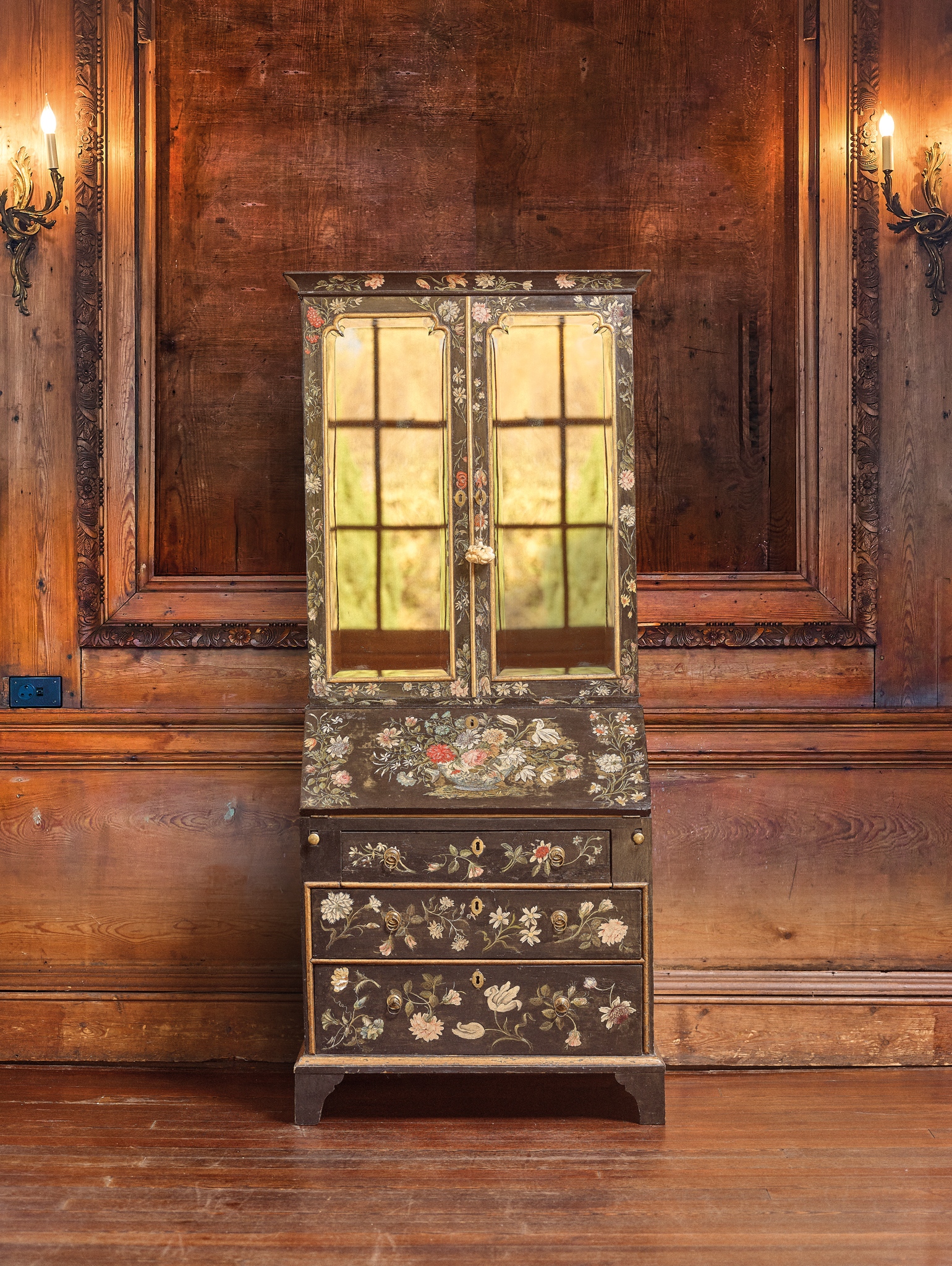
RARE QUEEN ANNE PAINTED BUREAU BOOKCASE
EARLY 18TH CENTURY
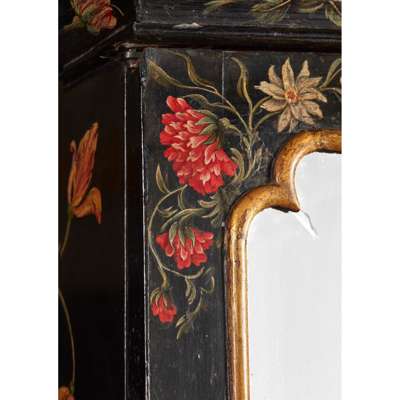

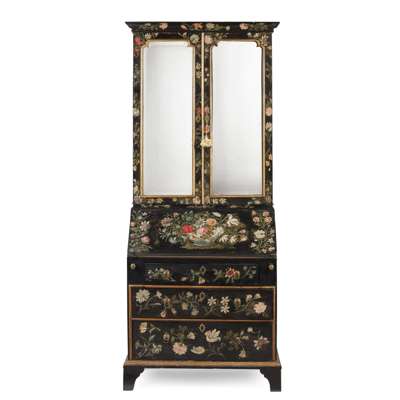
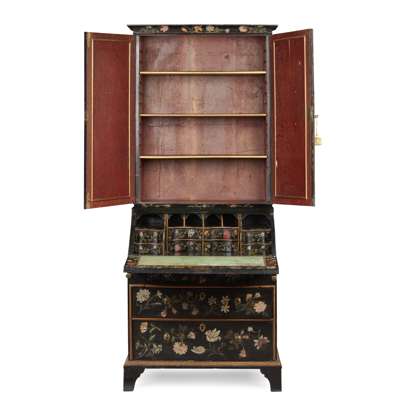
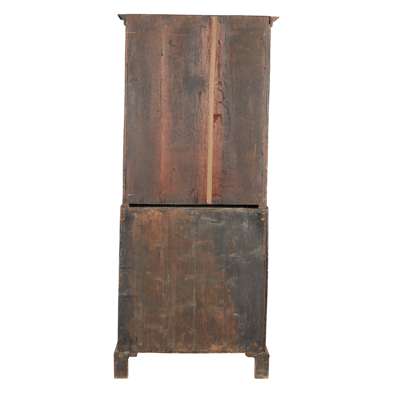
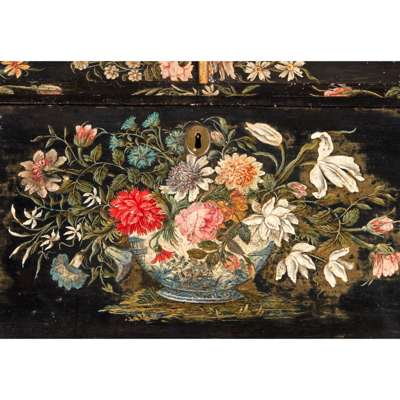
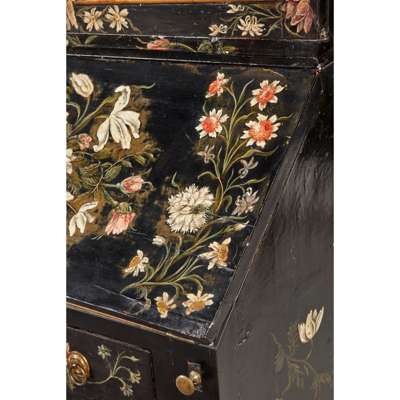
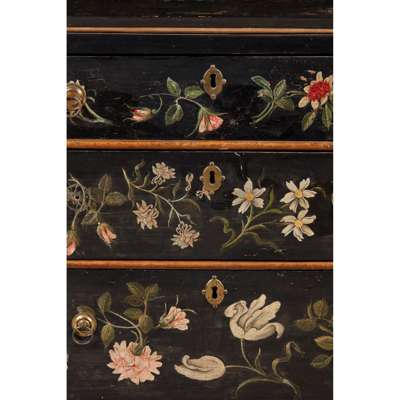
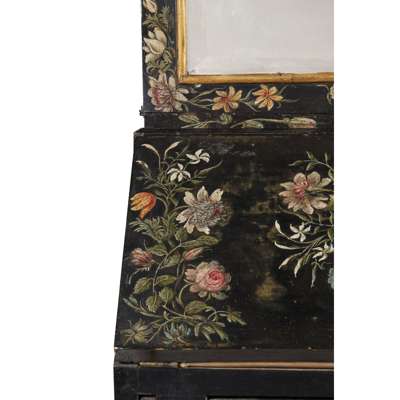
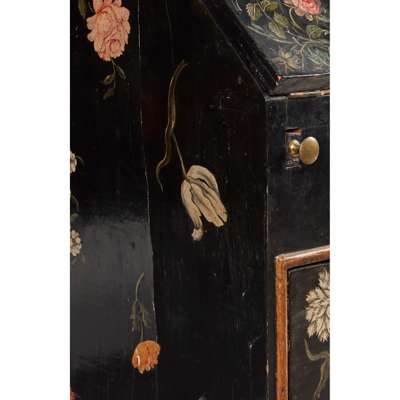



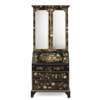
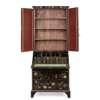
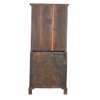
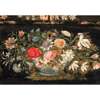
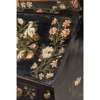
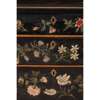
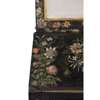

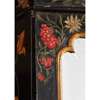
Auction: Property from the Estate of Virginia Fortune Ryan Ogilvy, Dowager Countess of Airlie | Wed 3rd Sept at 10am | Lots 45 to 170
Description
the moulded cornice above a pair of mirrored doors with bevelled plates, enclosing a red painted shelved interior, the lower part with a slant front opening to an interior fitted with pigeon holes, drawers, and a baize writing surface, over three long drawers and raised on bracket feet; decorated throughout with various flower specimens on an ebonised ground, the slope painted with a Chinese blue and white bowl filled with a flower display
Dimensions
82cm wide, 187cm high, 51cm deep
Provenance
Property from the Estate of Virginia Fortune Ryan Ogilvy, Dowager Countess of Airlie
Gifted to her by Mary Sayles Booker Braga
Footnote
It was through the influence of the Dutch, particularly the merchants of Amsterdam, that English traders began to appreciate the value and allure of distant lands. This cultural and commercial exchange was especially prominent in the final decades of the 17th century, during the reign of William III, a Dutch-born king whose ties to the Netherlands brought about a strong Anglo-Dutch connection. This association continued into the early 18th century under Queen Anne, whose reign was marked by a design aesthetic that was guided by simplicity and restraint.
Around 1700, decorative painted furniture was relatively rare compared to other popular methods of embellishing furniture, such as veneering, marquetry, japanning, and gilding. Although painted furniture had enjoyed popularity earlier in the 17th century, few examples survive today. During the reign of Charles II, some floral decoration appeared on chair and daybed frames, but by the early 18th century, painted surfaces were largely confined to pine cabinets and bookcases in an architectural style. It wasn’t until the rise of the neoclassical style around 1760 that painted furniture regained widespread popularity.
What sets the present bureau bookcase apart is its richly decorated surface, featuring a profusion of exquisitely painted flowers. Executed with remarkable detail and realism, reminiscent of the still-life works of Jan van Huysum, the floral imagery remains strikingly vibrant. The design includes a diverse array of blooms, such as pink and red roses, carnations, narcissi, and convolvuli, all artfully arranged in a blue and white bowl in the Chinese taste. This type of decoration aligns closely with a small, identifiable group of similarly adorned pieces, suggesting the hand of the same Dutch artisan. It is highly likely that the decoration was carried out by a foreign craftsman working in London, possibly in a workshop specializing in painted finishes.
At the turn of the 18th century, London hosted a thriving community of foreign craftsmen, many of whom came from Holland, drawn in part by the presence of Dutch William on the English throne. Others arrived from France after the 1685 revocation of the Edict of Nantes, which led many Huguenot artisans to seek refuge in England. Given these circumstances, it is plausible that this piece was decorated by a foreign artisan in a workshop dedicated to finishing techniques. The strong visual connection between this painted surface and the floral marquetry practiced in England by immigrant craftsmen further supports this theory.
This bureau bookcase was previously featured, along with two other related bureau bookcases, in a 1957 article in Connoisseur magazine, where it was recorded as part of the B. Rionda Braga Collection, New York.
Literature: Connoisseur, June 1957; “A Rare Painted Bureau, and Two Other Important Examples”, pgs. 58-60





















